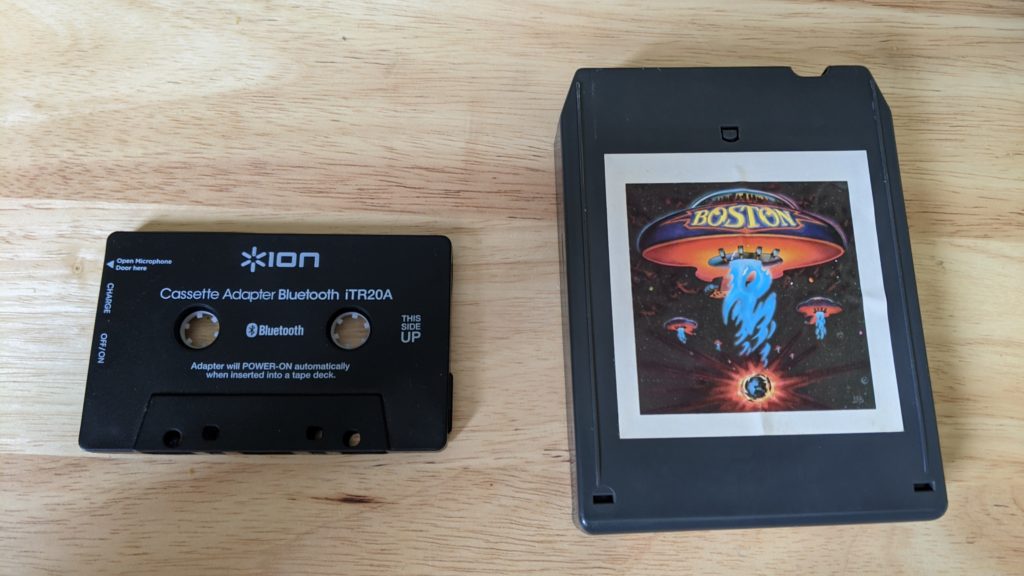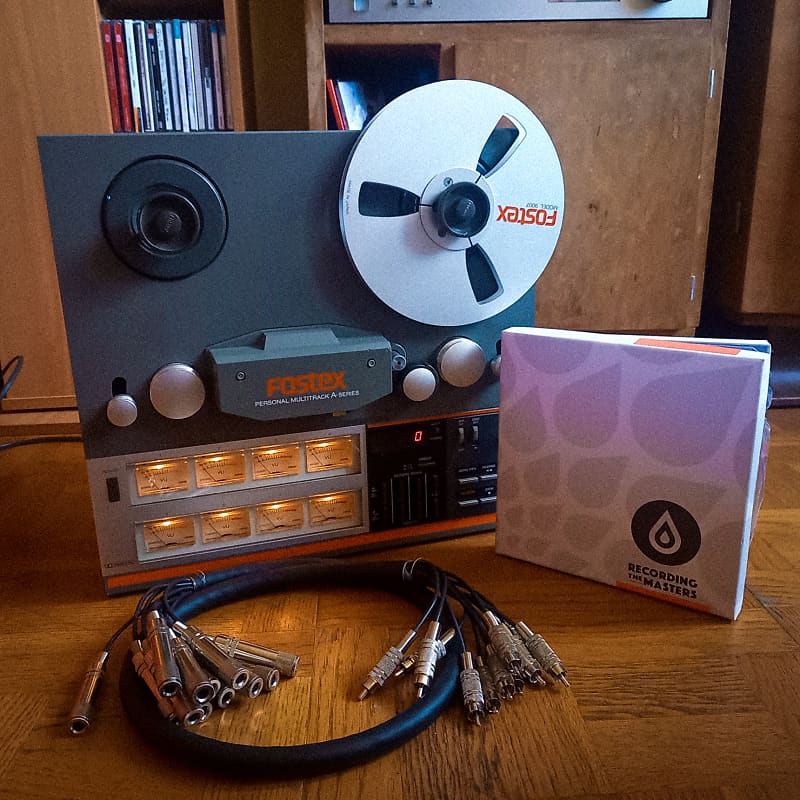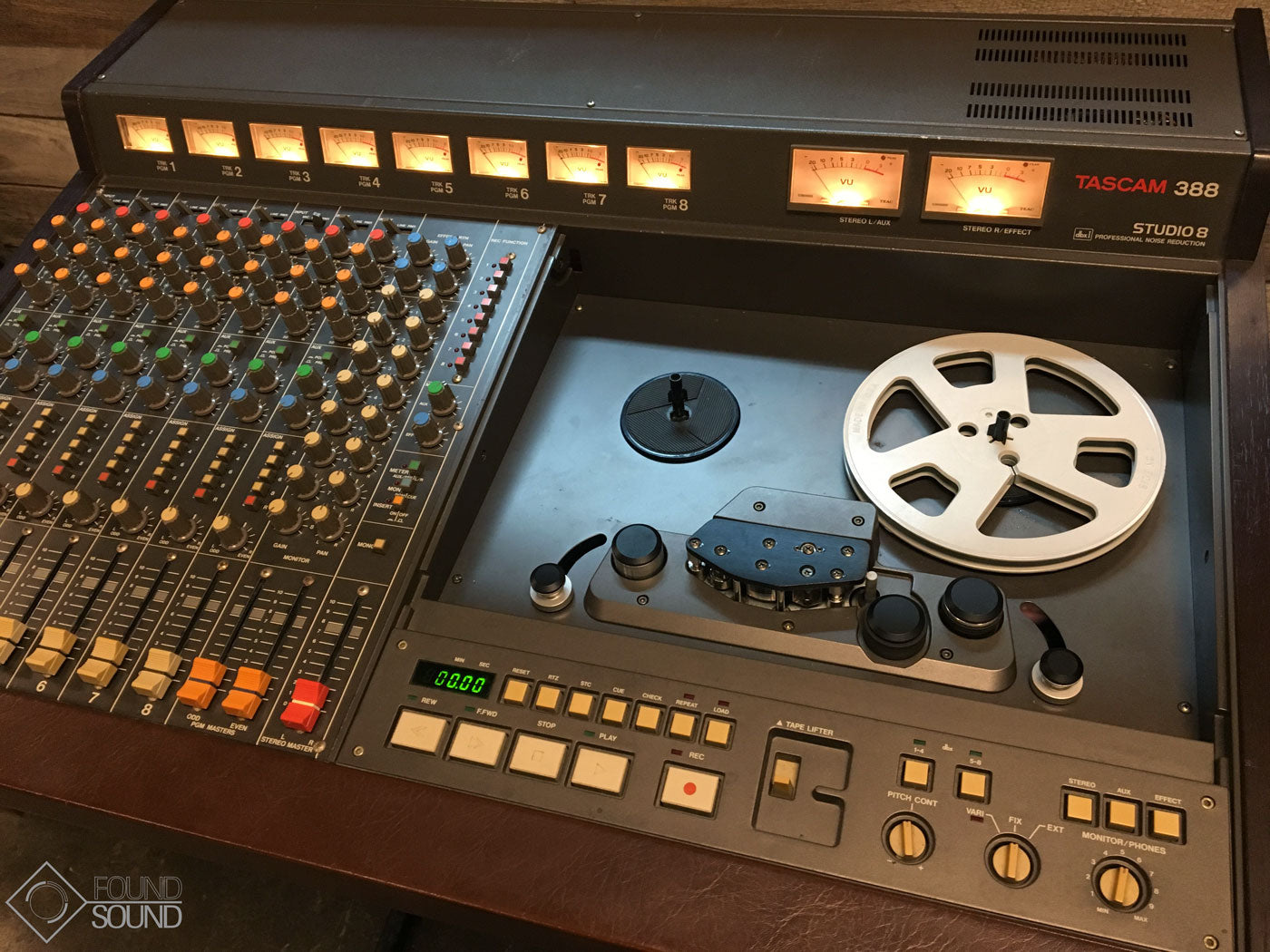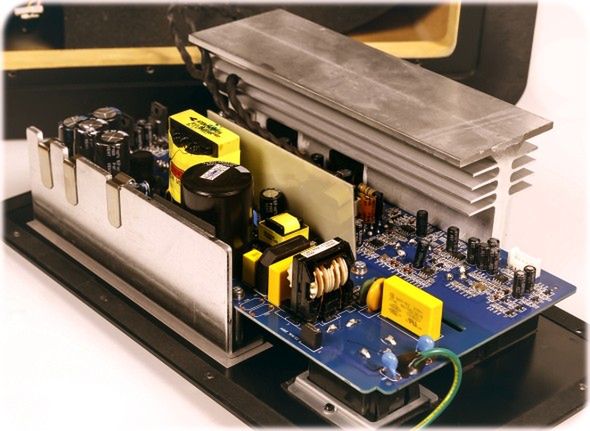
The PC4uMusic configuration will also provide an even better quadraphonic system in your home. Digital recordings can be played back quadraphonically with 32 bit/192Hz precision and it is very simple in practice with the free program AIMP. Analog quadraphonic recordings were most often offered on 12' LPs, but extracting them from the vinyl groove is a very complex procedure. It is more practical to have them copied to a 4-channel digital copy and easily play them from a hard drive.

A very exclusive offer was analog quadraphonic recordings for playback with a reel-to-reel tape recorder. They are not very practical, because the tape must always be wound in the right direction. Recordings saved digitally on a hard drive eliminate these problems.
 Quadraphonic recordings were offered even on 8-track cartridge. The most recognizable of these was the legendary Pink Floyd recording - The Dark Side Of The Moon.
Quadraphonic recordings were offered even on 8-track cartridge. The most recognizable of these was the legendary Pink Floyd recording - The Dark Side Of The Moon. 8-track cartridges had a 1/4 inch tape, i.e. like in home reel-to-reel tape recorders. The tape speed was 3 1/4 ips (9.5 cm/s).
8-track cartridges had a 1/4 inch tape, i.e. like in home reel-to-reel tape recorders. The tape speed was 3 1/4 ips (9.5 cm/s).  The tracks on the tape were the same size as those on Philips cassettes. Both offerings were created at about the same time.
The tracks on the tape were the same size as those on Philips cassettes. Both offerings were created at about the same time.
In the past, 4-channel tape recorders were produced for standard cassettes, which were a very popular medium at the time and could theoretically be used for quadraphonic recordings, but they were not practical for this, and such equipment was offered for a different purpose.
 However, even very exclusive quadraphonic tape recorders were offered for 8-track cartridge, such as the Akai CR-80D-SS
However, even very exclusive quadraphonic tape recorders were offered for 8-track cartridge, such as the Akai CR-80D-SS
 This popular cartridge in the US was certainly an inspiration and even created the right foundation for the Fostex offer to record on 8 tracks of quarter-inch tape at a speed of 9.5 cm/s. Fostex most likely supplied tape heads to its neighbor Akai in Tokyo. Wikipedia also clearly emphasizes the cooperation of Fostex and Tascam, which is absolutely logical for an OEM (Original Equipment Manufacturer) that has been supplying components to many legendary brands around the world for decades.
This popular cartridge in the US was certainly an inspiration and even created the right foundation for the Fostex offer to record on 8 tracks of quarter-inch tape at a speed of 9.5 cm/s. Fostex most likely supplied tape heads to its neighbor Akai in Tokyo. Wikipedia also clearly emphasizes the cooperation of Fostex and Tascam, which is absolutely logical for an OEM (Original Equipment Manufacturer) that has been supplying components to many legendary brands around the world for decades.

Tascam's offer with a tape recorder for 7-inch reels shows that Tokyo did not focus on quadraphony, but on amateur music production.
 The assumptions for the PC4uMusic configuration are also different, but one of the inspirations for them is the integrated player JVC 4ME - 4804, which has a 150 W amplifier that allows for the operation of two pairs of speakers with passive crossovers. However, now it is no longer necessary.
The assumptions for the PC4uMusic configuration are also different, but one of the inspirations for them is the integrated player JVC 4ME - 4804, which has a 150 W amplifier that allows for the operation of two pairs of speakers with passive crossovers. However, now it is no longer necessary.

150 W in the JVC 4ME - 4804 is most likely the same design as in the 4VN-990, for which 4x35 W is sometimes given and slightly lower for specific transfer parameters. Similarly to the 4MM-1000, for which 4x 40 W is given and that it has: 1 x FET, 4 x IC, 34 x transistors, 20 x diodes posting.
Connecting active studio monitors is a better choice. 
The Tannoy Gold 5 studio monitor will work better, which has a 200-watt amplifier with an active crossover. In a 4-speaker installation, it delivers 800 W in the room and doesn’t cost astronomical amounts. The level of distortion in them is negligible compared to designs that are almost half a century old. More about them: British proposals for new 4 ch surround in Windows


the forerunner of the cartridge was Fidelipac https://en.wikipedia.org/wiki/Fidelipac
ReplyDeletethere was also an RCA tape cartridge https://en.wikipedia.org/wiki/RCA_tape_cartridge
DeleteB&O has a comprehensive text on practicing with a quadraphonic player https://beocentral.com/beomaster6000-4channel
ReplyDelete